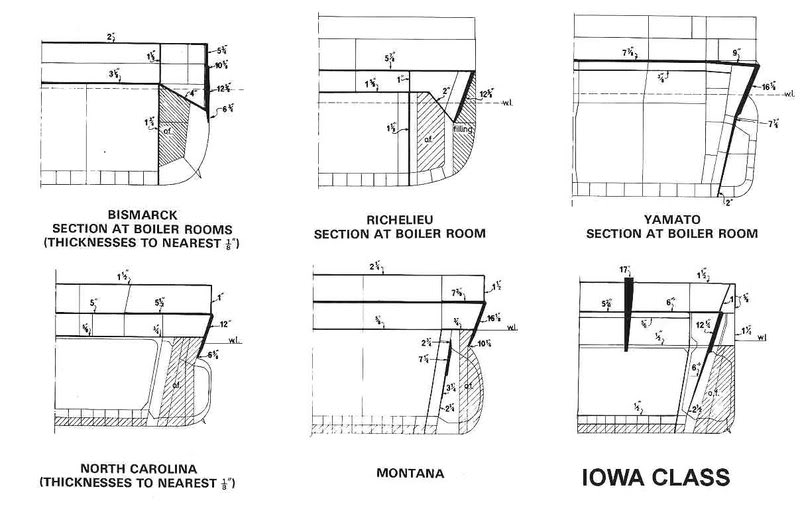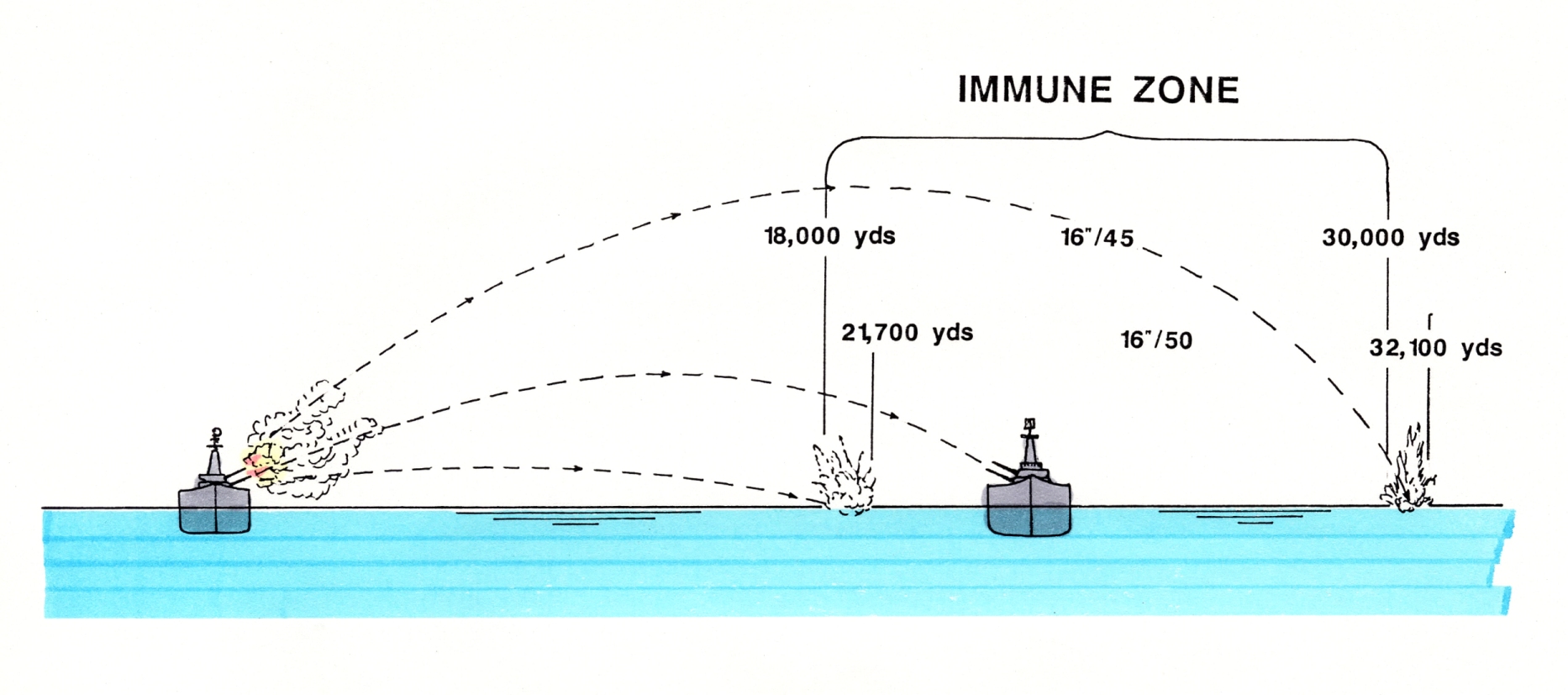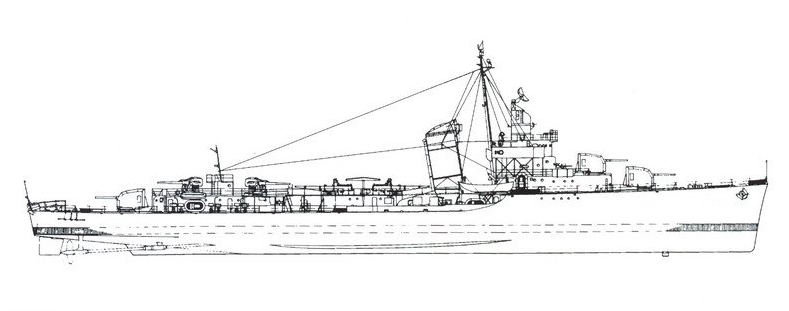@McPherson Any thoughts on the flotilla leader/AA cruisers of the Second World War (Atlantas and Didos)? I don't know if something like that would be viable in that period as a multirole combatant, if flotilla leader light cruisers are really needed for that role instead of stretched destroyers, or if larger light cruisers with 6" guns would be a more efficient use of resources. An alternative for the fleet AA escort role might be either a larger multirole cruiser with the same AA fit but additional surface warfare capability or a more specialized large destroyer like the Akizuki with AA-focused DP guns. Considering all the problems the French contre-torpilleurs had, would big destroyer hulls even be viable before the end of the war? The French and Italian super-destroyer arms race certainly led to some interesting ships.
I'm not sure what you want. I can tell you the British were in the ballpark with the Didos, (around 6,000 mt) except that the gun armament 13.33 cm (5.25 inch) was terrible. The Atlanta/ Juneaus were much bigger at 7,500 mt and had the 12.7 cm (5 inch)/38 but had a poor deck layout and suffered stability problems. Would big destroyer hulls be viable before the end of the war? Depends. Take a look at 1939.
Magador.
General characteristics
Type: Large destroyer
Displacement:
- 2,997 t (2,950 long tons) (standard)
- 4,018 t (3,955 long tons) (deep load)
Length: 137.5 m (451 ft 1 in)
Beam: 12.57 m (41 ft 3 in)
Draft: 4.74 m (15 ft 7 in)
Installed power: 92,000
shp (69,000 kW)
Propulsion:
- 2 × Rateau-Bretagne geared steam turbines
- 4 × Indret boilers
Speed: 39
knots (72 km/h; 45 mph)
Range:
- 4,345 nmi (8,047 km; 5,000 mi) at 15 knots (28 km/h; 17 mph)
- 1,780 nmi (3,300 km; 2,050 mi) at 28 knots (52 km/h; 32 mph)
Complement: 12 officers, 226 men
Armament:
- 4 × twin 14 cm *(5.4 in) M1934 guns
- 2 × single 3.7 cm (1.5 in) M 1933 AAA guns
- 2 × twin 13.2-millimeter (0.52 in) M1929 AAA machine guns
- 2 × double + 2 × triple 550 mm (21.7 in) TT
- 32 depth charges and up to 40 mines.
Generally decent for the Med.
Now what was the USN answer?
Sims
General characteristics
Type: Destroyer
Displacement:
- 1,570 tons (light standard)
- 2,293 tons (full load)
Length: 348 ft 3 in (106.15 m)
Beam: 36 ft 1 in (11.00 m)
Draft: 13 ft 4 in (4.06 m)
Installed power:
- 3 Babcock and Wilcox boilers,
- 2 geared steam turbines,
- 51,138 shp (38,134 kW) on trials
Propulsion: 2 shafts
Speed: 37
knots (69 km/h; 43 mph) on trials
Range: 5,640
nmi (10,450 km; 6,490 mi) at 12 knots (22 km/h; 14 mph)
Complement:
- 10 officers, 182 enlisted (peacetime)
- 16 officers, 235 enlisted (wartime)
Armament:
- As designed:
- 5 × 5 in (12.7 cm)/38 caliber guns (5×1)
- 4 × .5 in (12.7 mm) machine guns (4 x 1)
- 12 x 21 inch (53.3 cm) 12 × 21 TT (3 × 4) (one mount centerline)
- 2 x depth charge racks
- Typical 1941:
- 4 × 5 inch (127 mm)/38 caliber guns (4×1)
- 8 × .5 in (12.7 mm)
machine guns (8 x 1)
- 8 × 21 inch (533 mm) TT (2 × 4) (both mounts centerline)
- 2 × depth charge racks
- Typical 1944:
- 4 × 5 inch (12.7 cm)/38 caliber guns (4×1)
- 4 × 4 cm (1.6 in) Bofors autocannons (2 × 2)
- 4 × 2 cm Oerlikon guns (0.8 in) (4 x 1)
- 8 × 21 inch (533 mm) TT (2 × 4) (both mounts centerline)
- 6 × K-gun depth charge throwers
- 2 × depth charge racks
Notes: fuel capacity: 444 tons.
Better hull form, much better DP guns with much better fire control, much better range, TOUGHER hull construction, tighter turn circle, much worse torpedoes, but all around a better GP fleet destroyer designed for the North Atlantic, which means it could operate anywhere. It would eat the Magadors for lunch. Only near peers are Japanese and British destroyers and they are not as good GP destroyers either. Emphasis on term "general purpose". British and Japanese "battle destroyers" were plainly better anti-ship units than the Sims; but not so good at AAA. Early war when anti-ship actions predominated, the USN destroyers were definitely handicapped because of their lousy torpedoes and relatively fewer MA barrels. Once it becomes a naval air war, the Sims and later classes come into their own.







